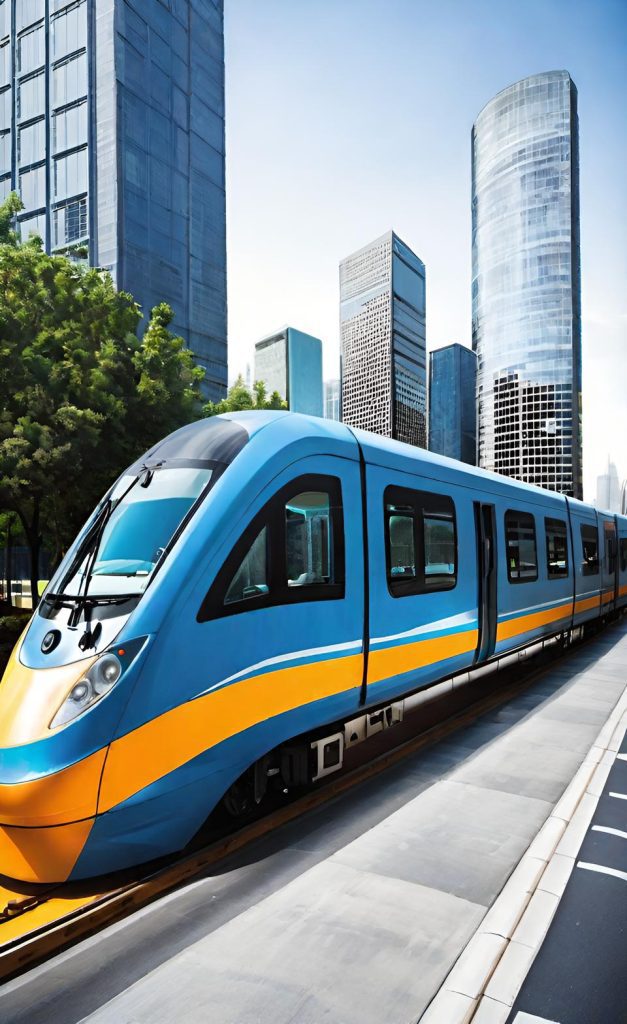Transportation planning is a critical component of urban development, ensuring efficient movement of people and goods while minimizing environmental impacts and promoting economic growth. This article provides comprehensive Transportation Planning Homework Help, covering fundamental concepts, strategies, case studies, and expert resources for students.
What Is Transportation Planning?
Transportation planning involves the design, assessment, and management of transportation systems to meet present and future mobility needs. It integrates various aspects, including traffic flow, public transit, sustainability, and infrastructure development.

Key components of transportation planning include:
- Traffic Management – Reducing congestion and optimizing road use.
- Public Transit Systems – Enhancing accessibility and efficiency.
- Non-Motorized Transport – Encouraging walking and cycling.
- Sustainable Mobility Solutions – Reducing emissions and promoting green transportation.
- Intelligent Transportation Systems (ITS) – Using technology for smarter traffic management.
For further reading, visit the Transportation Research Board (TRB) and American Planning Association (APA).
Principles of Transportation Planning
- Accessibility – Ensuring equal access to transportation for all users.
- Efficiency – Optimizing transportation networks for cost-effective operations.
- Sustainability – Reducing environmental impact and supporting eco-friendly alternatives.
- Safety – Minimizing accidents through improved road designs and regulations.
- Integration – Connecting different transport modes for seamless mobility.
Key Strategies in Transportation Planning
1. Public Transportation Expansion
Improving bus, train, and metro systems helps reduce traffic congestion and pollution.
2. Non-Motorized Transport Promotion
Encouraging walking and cycling through dedicated pathways and bike-sharing programs enhances public health and sustainability.
3. Smart Traffic Management
Using AI, IoT, and big data to monitor and manage traffic in real time improves flow and reduces congestion.
4. Sustainable Transportation Infrastructure
Building energy-efficient transport hubs, EV charging stations, and green highways supports long-term sustainability.
5. Urban Mobility Plans
Developing comprehensive urban mobility plans ensures systematic growth and effective transportation networks.
For additional insights, explore The International Transport Forum (ITF) and The World Bank Transport.
Benefits of Transportation Planning
- Reduces Traffic Congestion – Well-planned transport networks ensure smoother movement.
- Enhances Economic Development – Efficient transportation systems support trade and business growth.
- Improves Air Quality – Promoting green mobility solutions lowers pollution levels.
- Increases Safety – Implementing smart road designs minimizes accidents.
Challenges in Transportation Planning
- Urban Sprawl – Expanding cities require large-scale transport solutions.
- High Implementation Costs – Infrastructure development demands significant investment.
- Technological Barriers – Advanced transport systems require expertise and resources.
- Public Resistance – Citizens may oppose changes in transportation policies.
For strategies to overcome these challenges, visit the Institute of Transportation Engineers (ITE).
How to Get Transportation Planning Homework Help
Students can access Transportation Planning Homework Help through various resources:
1. Online Courses and Learning Platforms
Educational platforms offering transportation planning courses include:
2. Research Papers and Books
Recommended readings include:
- The High Cost of Free Parking by Donald Shoup
- Transport for Suburbia: Beyond the Automobile Age by Paul Mees
3. University Libraries and Academic Resources
Students can access research papers, policy documents, and expert lectures from academic institutions.
4. Professional Organizations and Conferences
Joining organizations like The American Association of State Highway and Transportation Officials (AASHTO) provides networking and learning opportunities.
Case Studies in Transportation Planning
1. London’s Congestion Charge
London introduced a congestion charge system to reduce traffic and promote public transport use.
2. Bogotá’s Bus Rapid Transit (BRT)
Bogotá’s TransMilenio BRT system has transformed urban mobility, offering an efficient and sustainable transport solution.
3. Japan’s High-Speed Rail System
Japan’s Shinkansen is a global benchmark for high-speed rail networks, reducing travel time and promoting economic connectivity.
For more case studies, visit The Sustainable Transport Award.
Conclusion
Transportation planning is essential for sustainable urban development, ensuring efficient and eco-friendly mobility solutions. Students seeking Transportation Planning Homework Help can access online courses, research papers, and professional resources to deepen their knowledge.


